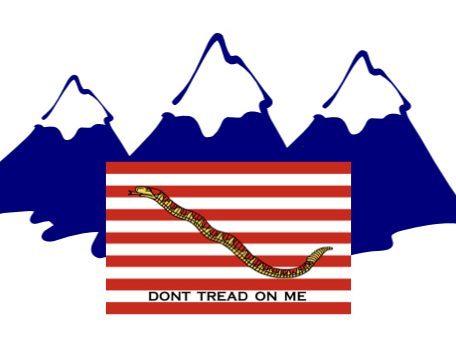This past week I was fortunate to attend the CONNECTIONS USA 2019 professional wargaming conference. This year’s event was hosted by the Army War College at the Army Heritage and Education Center, Carlisle, PA. In a very nice gesture, AHEC offered a “behind the scenes tour” of their facility over one of the lunch hours. In an effort to appeal to us wargamers, they looked through their collection for wargame-related materials.
One item in the AHEC collection is an Apparatus for Demonstrating Upton’s U.S. Infantry Tactics. Emory Upton was one of the most influential military thinkers to emerge from the American Civil War. During the war in addition to leading units from all three branches (infantry, artillery, and calvary) he also innovated new tactics:
However, Upton’s most significant contribution did not come until Grant’s Overland Campaign in May of 1864. Facing the firmly entrenched Army of Northern Virginia, Upton petitioned his superiors to lead a brigade against the enemy’s fortifications. The young colonel believed that swiftly advancing in a narrow, compact formation without halting to fire would greatly enhance the assault’s probability of success. Though this approach was contrary to the tactics then in use, his superiors trusted his judgment. On May 10, 1864, Upton led a small force against the “Mule Shoe” salient (now the “Bloody Angle”) at Spotsylvania Court House. Though Upton’s charge lacked sufficient support to be decisive, the initial success of his new tactic inspired Ulysses S. Grant to implement it in an assault two days later—this time with General Winfield S. Hancock‘s entire corps. Similar tactics would later be used against trenches in the First World War. This bravery and ingenuity earned Upton a much-anticipated promotion to brigadier general.
Emory Upton, American Battlefield Trust
In 1867 Upton’s tactics were officially adopted by the U.S. Army and printed in a book titled “A New System of Infantry Tactics.” From 1870 to 1875 he also taught infantry, cavalry, and artillery tactics at West Point and served as Commandant of Cadets.
The wargaming connection is explained in this army.mil article:
In 1878, New York State National Guard Col. William H. Brownell patented an “Upton Tactics Set” to help with instruction. These miniature wooden blocks, some replete with small painted metal flags, simulated units and individual soldiers. They could readily be positioned on tables and in sandboxes to demonstrate the principles of Upton’s tactics. Very few actual Upton-Brownell Tactical Sets are known to exist today. One of them, however, is held by the Army Heritage and Education Center at Carlisle Barracks. After considerable conservation work by the AHEC professional staff and a graduate student volunteer, pieces of that set are now on display in the office reception area of the Commandant of the U.S. Army War College at Carlisle Barracks. Although they are a far cry from the computer simulations that our troops use to understand the tactics of battle today, they symbolize the Army’s ongoing efforts to learn from experience and to share those lessons throughout our Total Force.
“Emory Upton Changes U.S. Army Tactics”

I was fortunate enough to view the Upton-Brownell Tactical Set. Although no longer on display to this wargamer it was no-less inspiring. The AHEC staff admits they don’t know for sure what a fully operational set looks like.

I really want to thank AHEC for the wonderful opportunity to view the Tactical Set. When wargamers think of 19th Century wargames they tend to focus on Kriegspiel at the expense of everything else. It was good to see that wargames in the 1800’s was more than just that.
Feature image – End Results: the conserved tactics set pieces are shown here on display, in Root Hall, at the Army War College. (Conservation Department, USAHEC). (Photo Credit: AHEC, 2010)

Fascinating post. Thanks for putting it up.
Cheers,
Pete.
You’re welcome!